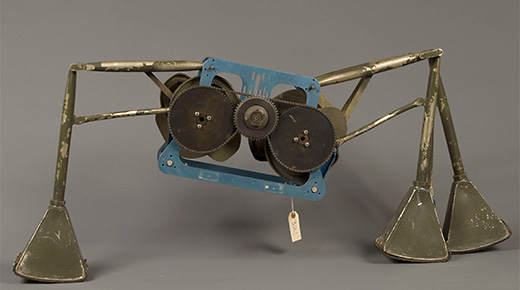The underground storage shelves of the National Institute of Standards and Technology (NIST) Museum are filled with loads of charmingly weird objects accrued throughout more than a century of scientific work. However, the original purpose of quite a few of these objects is lost in time. They are mysteries. Mysteries wrapped in riddles wrapped in... a thin layer of dust.
|
ADVERTISEMENT |
Welcome back to Unidentified Museum Objects, NIST’s ongoing quest to identify its basement-dwelling enigmas.
A railroad tale
The last installment elicited many responses. Read on for comments, along with a new batch of head-scratchers from the NIST Museum.
T. Jach writes:
“Item 0554 is clearly a frequency signal meter that is centered at 25 hertz. The indicator at the top is a series of reeds that have slightly different lengths. The reed that is in resonance with the input signal vibrates the most. The meter has a very narrow range, which would be consistent with using the indicators to regulate, for example, an alternator that operates at 25 hertz.”
…

Add new comment